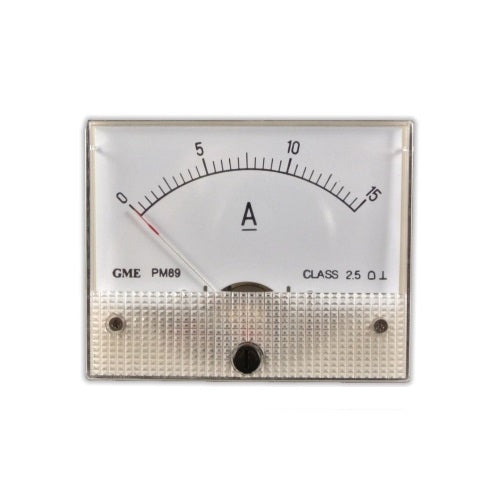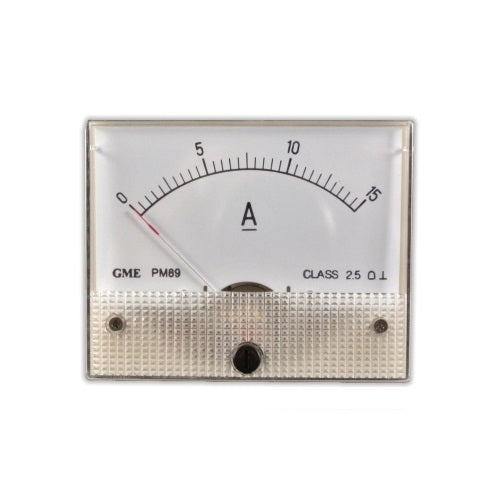
- description
No additional shunt bar required for under 50 amps. Monitor amperage from batteries, wind turbines, solar panels, inverters, generators, hydroelectric, and more.
Tips & Things to Remember in DC Amp Meter Wiring:
-
Use a DC amp meter for amp readings
-
Don't allow incoming power to exceed the rated amperage (or voltage) of your meter - it may break the unit
-
Match the amp rating of the meter to the amp rating of the shunt bar
-
Match the millivolts (mv) of the meter to the millivolt (mv) rating of the shunt bar
-
The two wires between the meter and shunt bar need to be the same length
-
A wind turbine should be connected to a separate meter than the solar panel(s)
-
To test the amps or volts of your wind turbine or solar panel system with a handheld clamp on meter, you must use a DC model
Troubleshooting your DC Meter Issues:
-
If the needle on the meter is a negative reading, switch the sense wires between the meter and shunt bar
-
If the needle on your analog meter is not at zero when there isn't incoming power, you can calibrate it by turning the screw on the front of the meter
-
If your digital handheld DC meter isn't giving you an accurate reading, check the batteries in the unit
About DC Volt Meters:
-
The positive and negative inputs are typically not marked on the DC Volt Meter. If you connect them to your battery and get a negative reading, simply swap the wires.
-
12 Volt battery systems should use a 15 Volt meter; 48 Volt systems should use a 70-75 Volt meter.
Wiring Diagrams:

